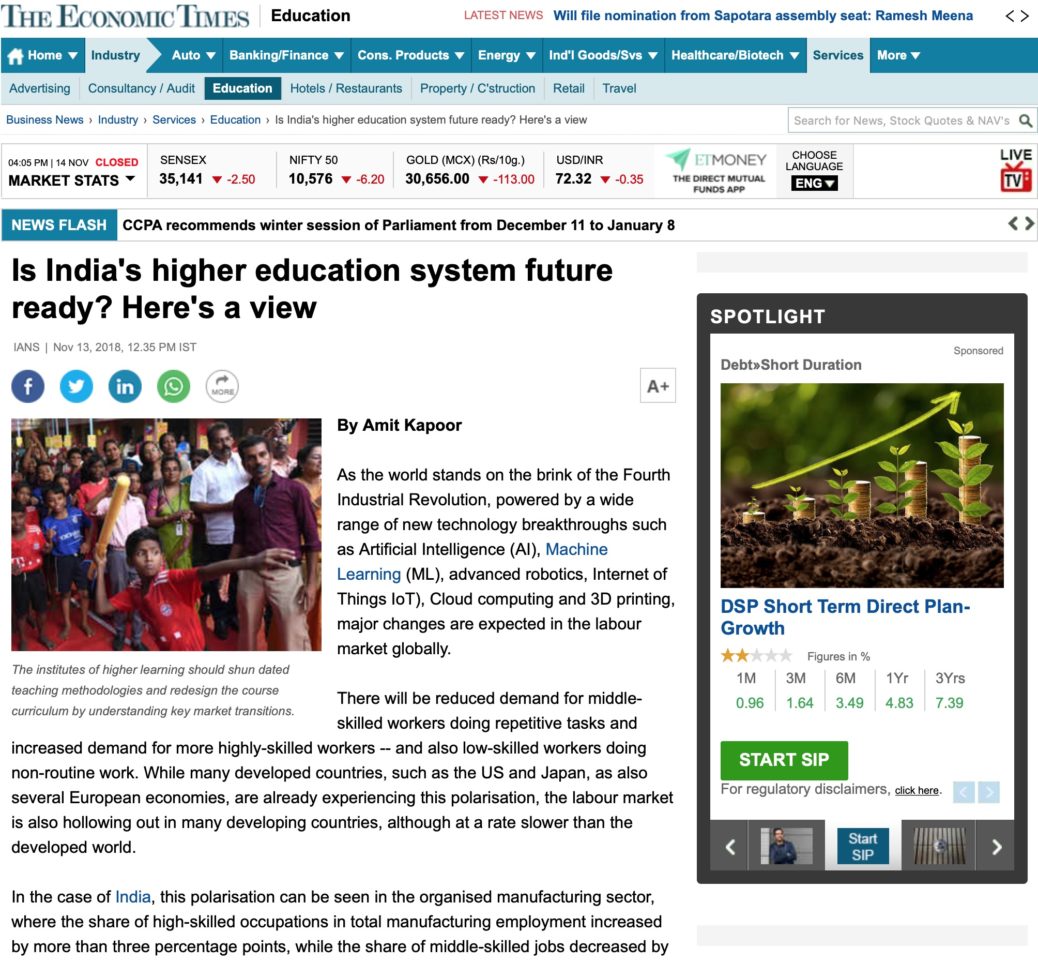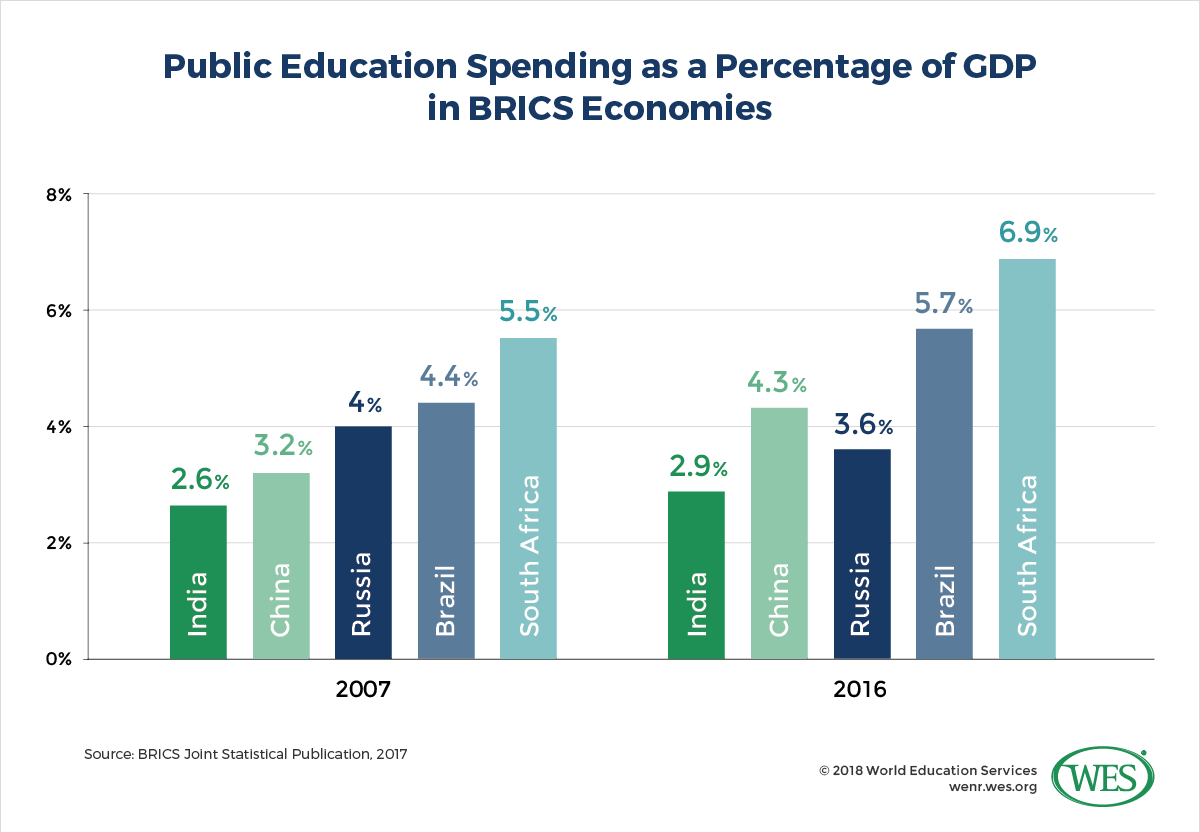The education system in India is a complex and multifaceted system that is constantly evolving. It is divided into different levels, including primary, secondary, and higher education, and is also divided into different types of schools, such as government schools, private schools, and international schools.
At the primary level, children are typically between the ages of 6 and 14 and attend school for a period of six to eight years. The focus at this level is on building a strong foundation in subjects such as mathematics, science, language, and social studies.
Secondary education is typically for students between the ages of 14 and 18 and lasts for a period of four to five years. This level of education is more specialized and focuses on preparing students for higher education or vocational training.
Higher education in India includes undergraduate and postgraduate studies, which are offered at universities and colleges across the country. There are many different fields of study available, including science, engineering, arts, and humanities.
One of the unique aspects of the education system in India is the existence of a three-language formula, which requires students to learn at least three languages, including their mother tongue, Hindi, and English. This is meant to promote linguistic diversity and cultural understanding.
However, despite the many strengths of the education system in India, there are also some challenges and areas for improvement. For example, there are significant disparities in the quality of education between rural and urban areas, and between private and government schools. In addition, there is a high dropout rate at the primary and secondary levels, particularly among girls and disadvantaged groups.
To address these challenges, the government has implemented various initiatives and reforms, such as the Right to Education Act, which aims to provide free and compulsory education for all children aged 6 to 14. In addition, there have been efforts to improve the quality of education and teacher training, as well as to increase access to education for disadvantaged groups.
Overall, the education system in India is diverse and complex, and while it has made great progress in recent years, there is still room for improvement. By addressing the challenges and inequalities that exist, India can continue to build a strong and inclusive education system that prepares its citizens for the future.
Education system has collapsed under burden of exams, need to revive it: Sisodia

India still stands behind in terms of technological expertize compared to other countries, which is also a cause of Poor Indian education system. Poor grading system, less attention to practical knowledge, mugging up culture, lack of innovation and creativity in subjects, substandard teaching aids, lack of effort in training teachers, bias between public and private schools are few of the problems that prevails in the current education system in India. However, under the RTE Act, it got legal backing. These statutory bodies set program structures, curricula, and examinations, and authorize institutions to run programs. Introduction: India in the 21st Century India is a rapidly changing country in which inclusive, high-quality education is of utmost importance for its future prosperity. It has huge potential, but currently only five per cent of the population speak English, and most Indians do not understand Western cultures. With the National Education Policy 2020, the government is assuming that the quality of education in India will increase, as now onwards, students are free to choose their paths and select their subjects of interests accordingly.
How Indian Education Has Evolved Over The Years

Higher Education System is given a greater focus these days. Subjects in general curricula in Bachelor of Arts and Bachelor of Science programs may include, for example, English, Hindi, other languages, history, political science, sociology, or economics in the case of arts; and chemistry, physics, biology, mathematics, or computer science in the case of science. All registered doctors are entered into the Indian Medical Registry, which can be accessed Postgraduate medical specialization training in India most commonly takes three additional years of study after the MBBS and concludes with the award of the Doctor of Medicine or Master of Surgery. Such narrowed future careers will only hold back students who are good at other things but were forced into conventional jobs. Indian higher education framework has extended at high speed by adding almost 20,000 colleges and more than 8 million understudies in 10 years from 2000-01 to 2010-11. The NBA only accredits programs at AICTE-approved institutions that have had at least NBA program accreditation used to be strictly voluntary until recently, but AICTE-approved institutions are now expected to seek NBA accreditation after six years of operation, or the graduation of two consecutive student cohorts.





